Austin Dill
Learned Interpolation for 3D Generation
Jan 24, 2020
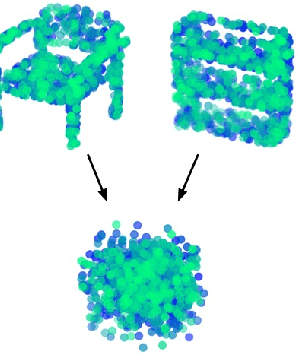
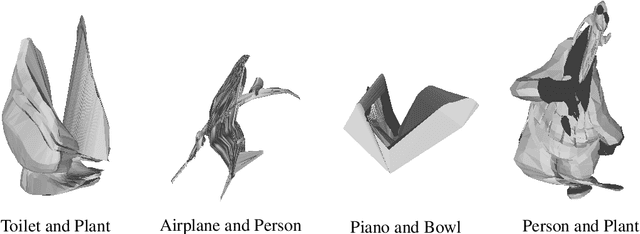
Abstract:In order to generate novel 3D shapes with machine learning, one must allow for interpolation. The typical approach for incorporating this creative process is to interpolate in a learned latent space so as to avoid the problem of generating unrealistic instances by exploiting the model's learned structure. The process of the interpolation is supposed to form a semantically smooth morphing. While this approach is sound for synthesizing realistic media such as lifelike portraits or new designs for everyday objects, it subjectively fails to directly model the unexpected, unrealistic, or creative. In this work, we present a method for learning how to interpolate point clouds. By encoding prior knowledge about real-world objects, the intermediate forms are both realistic and unlike any existing forms. We show not only how this method can be used to generate "creative" point clouds, but how the method can also be leveraged to generate 3D models suitable for sculpture.
Getting Topology and Point Cloud Generation to Mesh
Dec 08, 2019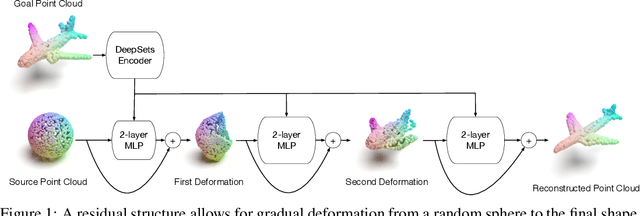
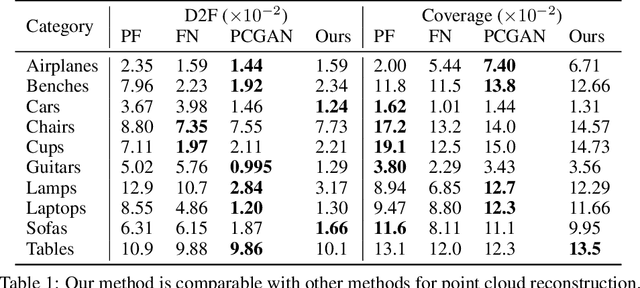

Abstract:In this work, we explore the idea that effective generative models for point clouds under the autoencoding framework must acknowledge the relationship between a continuous surface, a discretized mesh, and a set of points sampled from the surface. This view motivates a generative model that works by progressively deforming a uniform sphere until it approximates the goal point cloud. We review the underlying concepts leading to this conclusion from computer graphics and topology in differential geometry, and model the generation process as deformation via deep neural network parameterization. Finally, we show that this view of the problem produces a model that can generate quality meshes efficiently.
Developing Creative AI to Generate Sculptural Objects
Aug 20, 2019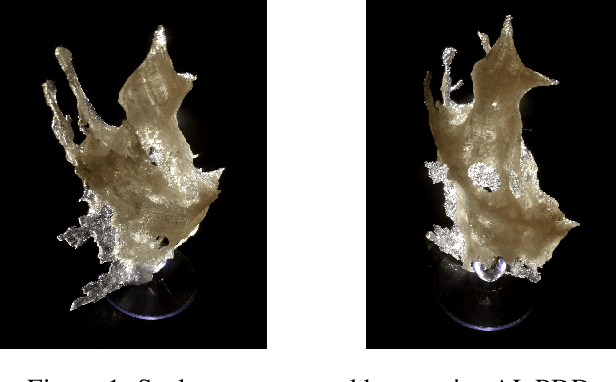
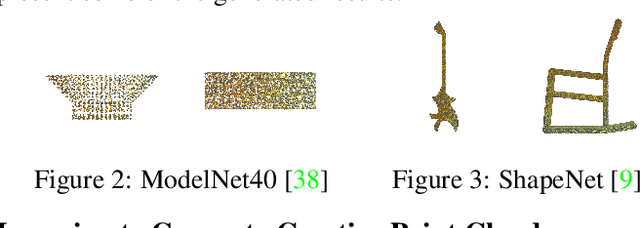
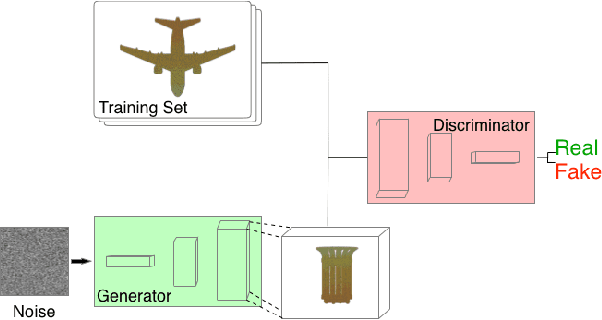
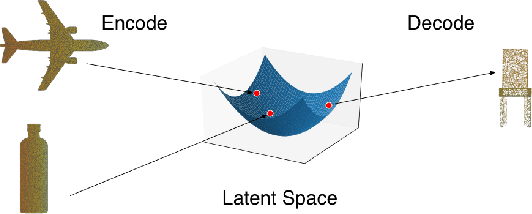
Abstract:We explore the intersection of human and machine creativity by generating sculptural objects through machine learning. This research raises questions about both the technical details of automatic art generation and the interaction between AI and people, as both artists and the audience of art. We introduce two algorithms for generating 3D point clouds and then discuss their actualization as sculpture and incorporation into a holistic art installation. Specifically, the Amalgamated DeepDream (ADD) algorithm solves the sparsity problem caused by the naive DeepDream-inspired approach and generates creative and printable point clouds. The Partitioned DeepDream (PDD) algorithm further allows us to explore more diverse 3D object creation by combining point cloud clustering algorithms and ADD.
Hallucinating Point Cloud into 3D Sculptural Object
Nov 29, 2018
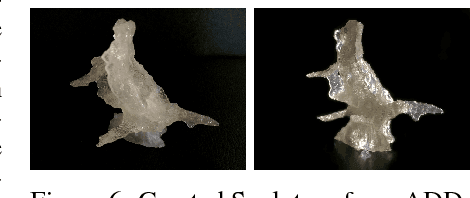
Abstract:Our team of artists and machine learning researchers designed a creative algorithm that can generate authentic sculptural artworks. These artworks do not mimic any given forms and cannot be easily categorized into the dataset categories. Our approach extends DeepDream from images to 3D point clouds. The proposed algorithm, Amalgamated DeepDream (ADD), leverages the properties of point clouds to create objects with better quality than the naive extension. ADD presents promise for the creativity of machines, the kind of creativity that pushes artists to explore novel methods or materials and to create new genres instead of creating variations of existing forms or styles within one genre. For example, from Realism to Abstract Expressionism, or to Minimalism. Lastly, we present the sculptures that are 3D printed based on the point clouds created by ADD.
 Add to Chrome
Add to Chrome Add to Firefox
Add to Firefox Add to Edge
Add to Edge